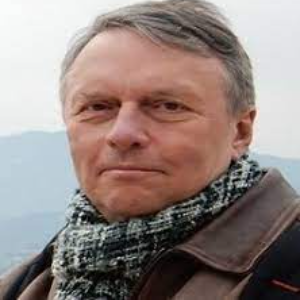Title : High-Frequency and -Field EPR and Far-Infrared magnetic spectroscopy of transition metal complexes with catalytic properties
Abstract:
High-Frequency and -Field Electron Paramagnetic Resonance (HFEPR) and Far-Infrared Magnetic Spectroscopy (FIRMS) are relatively new versions of electron spin resonance, the former being performed in magnetic field domain; the latter – in frequency domain. Both are particularly useful to characterize paramagnetic coordination complexes of transition metal ions that are “EPR-silent” in standard conditions because of their large zerofield splitting (ZFS). The HFEPR observables such as ZFS parameters and spectroscopic g-values can be directly related to the electronic structure of investigated complexes, and those in turn are linked to their catalytic properties.
Some examples of applying HFEPR and FIRMS to such complexes will be presented. In one example, both techniques were applied to investigate a series of oxoiron(IV) complexes in the spin triplet (S = 1) and quintet (S = 2) ground states. This type of complexes has been identified as intermediates in the catalytic cycles of many non heme iron oxygenases. The Que group has synthesized and characterized a number of stable analogs to these enzymatic intermediates and investigated their ability to activate very strong C—H bonds. In order to explain the —H bond activation ability of spin triplet and quintet [FeIV(O)]2+ complexes, the two-state reactivity model is often invoked, which requires measurement of ZFS parameters enabled by instrumentation at NHFML. Given sufficient time, other examples of applying HFEPR and FIRMS to catalytically-active systems may also be included in this presentation.
Audience Take Away:
- The audience may learn about relatively new and not widely known spectroscopic techniques.
- These techniques are useful for characterizing new metal complexes of catalytic properties.
- Some examples of the applications will be presented.
- The audience will be encouraged to apply the techniques to suitable catalytic systems to better characterize and understand the catalytic mechanisms.



